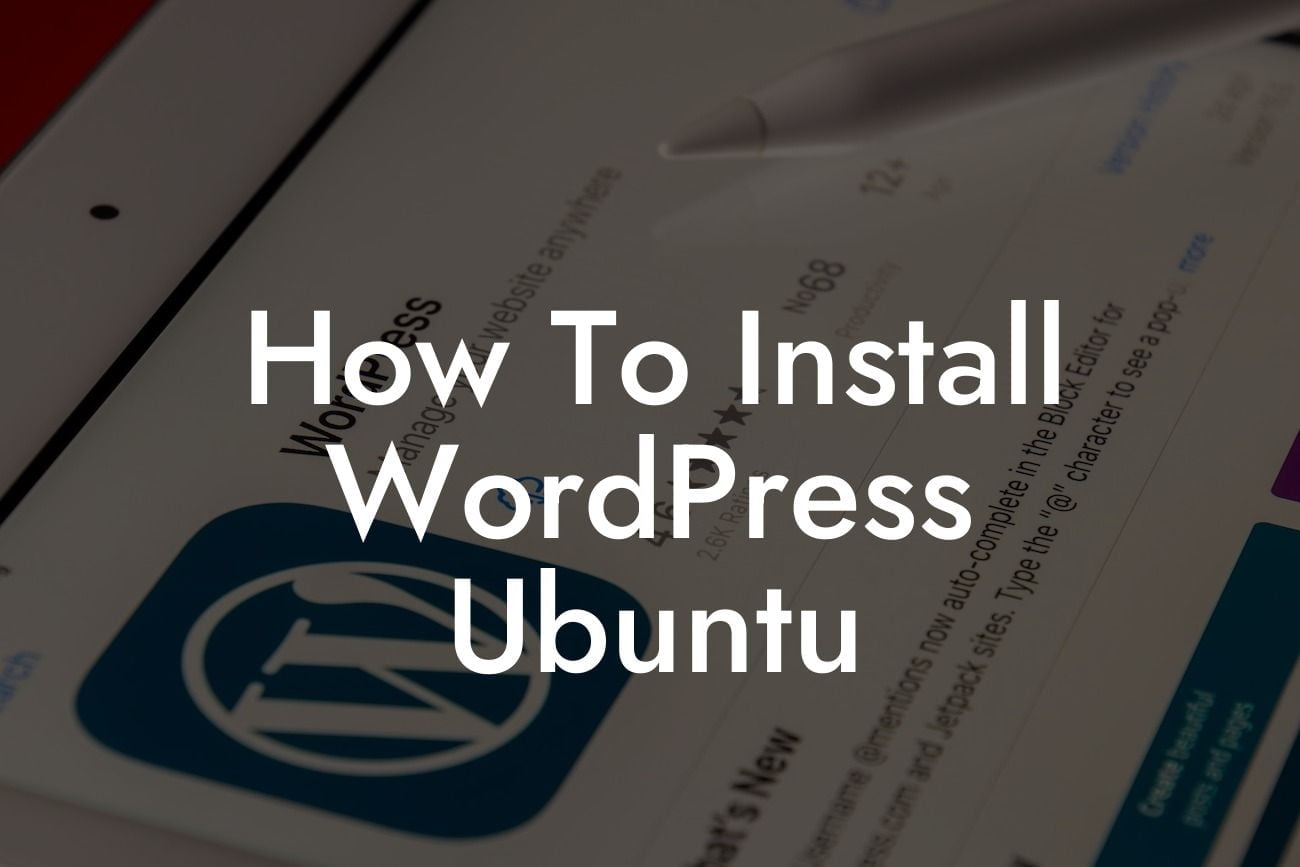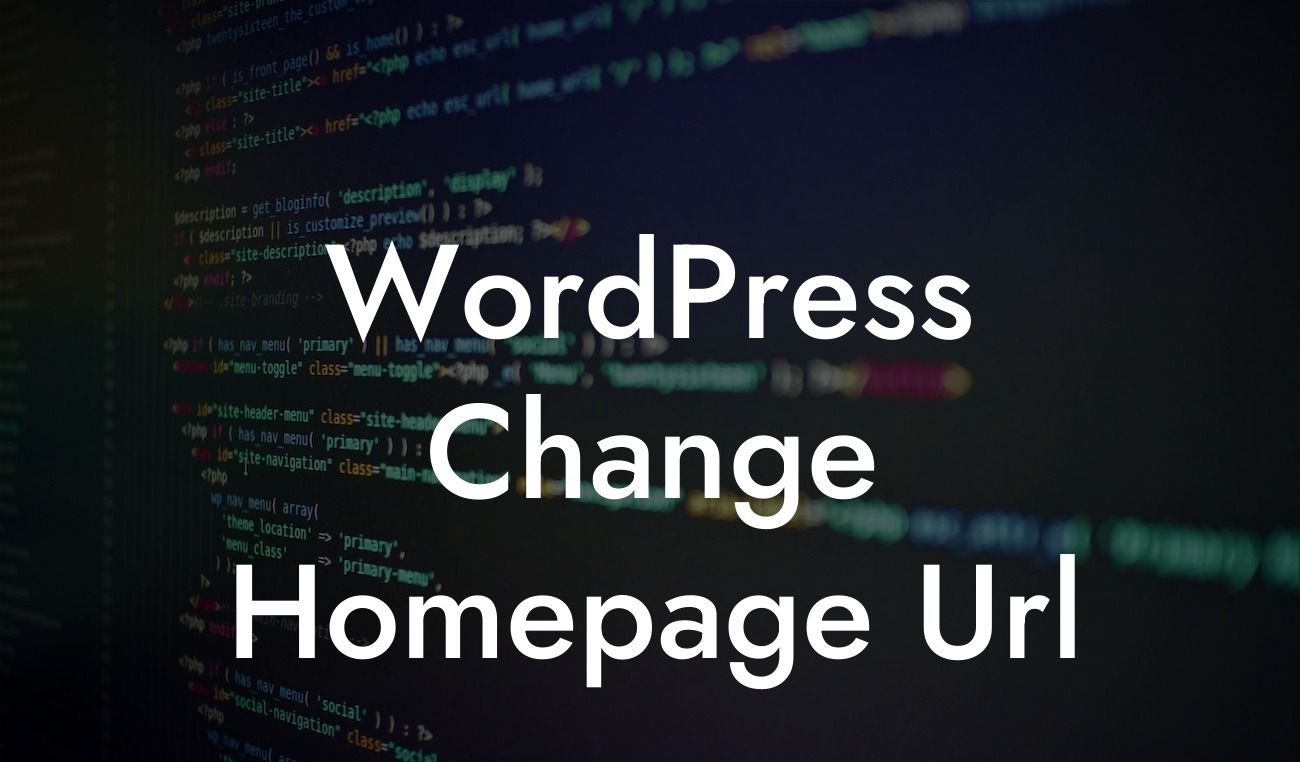Are you ready to take your online presence to the next level? Installing WordPress on Ubuntu can be a game-changer for small businesses and entrepreneurs. Whether you're a tech-savvy individual or just starting out, this comprehensive guide will walk you through the process and empower you to unleash the full potential of WordPress. Get ready to say goodbye to average and hello to extraordinary with DamnWoo's exclusive plugins.
Installing WordPress on Ubuntu is easier than you might think. Follow these steps to get started:
1. Set up a LAMP stack: First things first, you'll need to install Apache, MySQL, and PHP on your Ubuntu server. This trio forms the foundation for running WordPress efficiently. We recommend using a package manager like apt-get for the installation.
2. Create a MySQL database: WordPress relies on a database to store your website's content. Create a new MySQL database and user specifically for WordPress. Set appropriate permissions to ensure seamless functionality.
3. Download and extract WordPress: Head over to WordPress.org and download the latest version of WordPress. Once downloaded, extract the files to your desired web directory, usually located at /var/www/html/.
Looking For a Custom QuickBook Integration?
4. Configure WordPress: In the extracted WordPress files, you'll find a wp-config.php file. Open it and enter the database details you set up earlier. This step connects WordPress to your MySQL database. Additionally, set a unique secret key for enhanced security.
5. Setup Permissions: It's essential to set the correct file permissions for WordPress to function properly. Give appropriate ownership and permissions to your WordPress files, allowing the server to read, write, and execute them.
6. Run the WordPress installation script: Point your browser to your WordPress installation URL, typically http://your-domain.com/wp-admin/install.php. Follow the on-screen instructions to configure your website's title, username, and password. Congratulations, you've installed WordPress on Ubuntu!
How To Install Wordpress Ubuntu Example:
Let's take a real-life example to illustrate the process. Imagine you're a small business owner, Sandra, running an online boutique. Sandra follows this guide to install WordPress on her Ubuntu-based web server. She sets up a LAMP stack, creates a MySQL database named "boutique_db," and extracts WordPress files to /var/www/html/boutique/. After configuring the wp-config.php file with the correct database details, Sandra adjusts file permissions and runs the installation script. In no time, her online boutique is powered by WordPress, ready to showcase her products to the world!
Congratulations on successfully installing WordPress on Ubuntu! You've taken a giant leap towards an extraordinary online presence. Don't forget to explore DamnWoo's other engaging guides to unlock the full potential of WordPress. Enhance your website with our awesome plugins tailored for small businesses and entrepreneurs. Share this article with your peers and join the DamnWoo community today. Stay tuned for more exciting content designed to supercharge your success.













